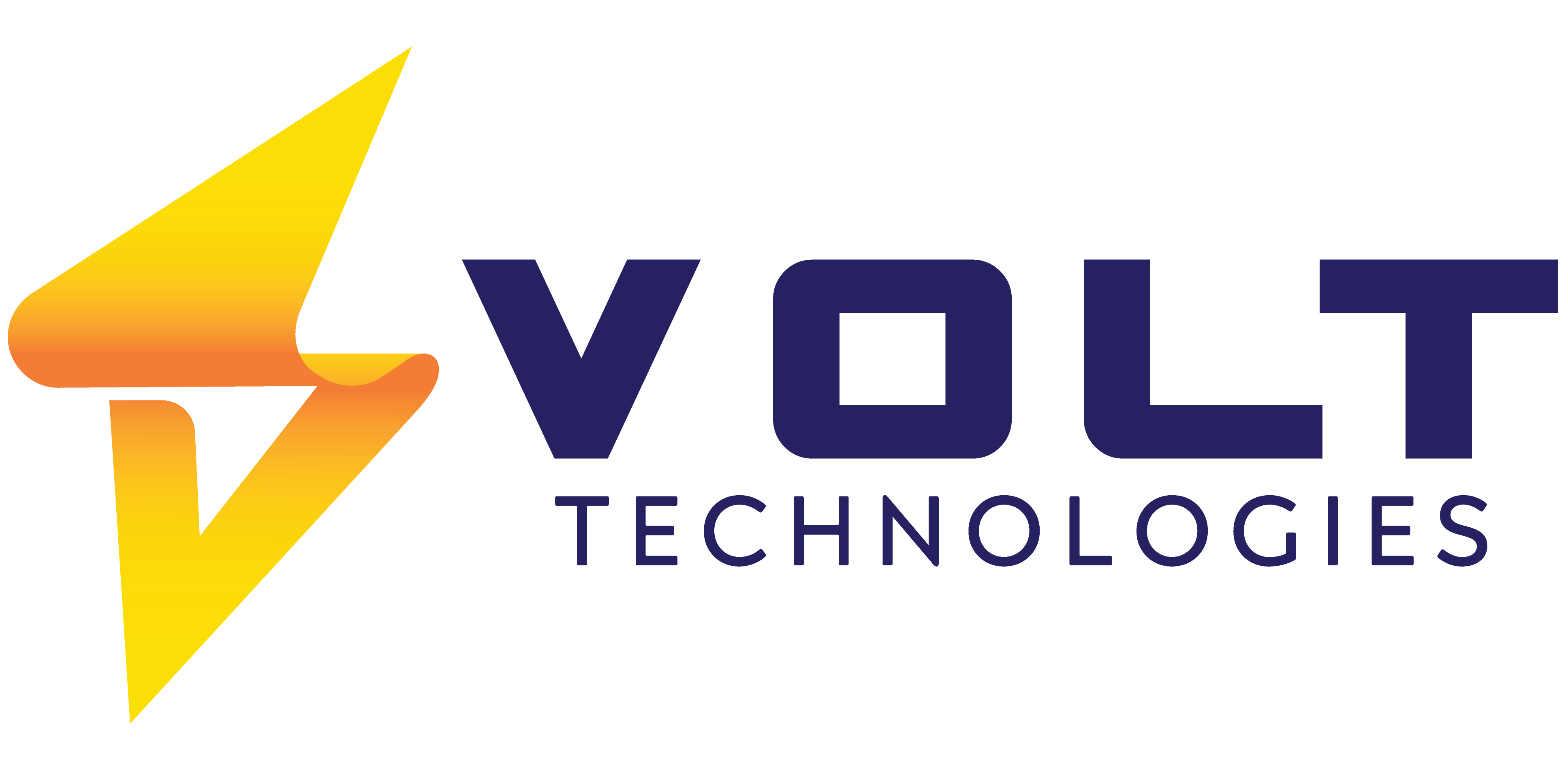How to Bridge ERP and CRM for Real-Time Insights


Microsoft Dynamics 365 | Simplify your IT footprint and make decisions faster.
- October 14, 2025
Introduction
For many small and mid-sized businesses, a disconnect between ERP and CRM systems creates serious visibility challenges. Sales teams record customer interactions in one platform, while finance and operations track inventory, invoicing, and fulfillment in another. Without proper ERP CRM integration, this data remains siloed, resulting in delays, duplicate entries, and missed opportunities.
Bridging ERP and CRM systems allows businesses to access real-time business insights that empower faster and more accurate decision-making. With seamless ERP CRM data sync, every department, from sales to supply chain, can work from the same set of live data, improving collaboration and efficiency.
In this article, we’ll explore why ERP and CRM integration is essential for growth-focused organizations, how it delivers real-time ERP CRM visibility, and how Volt Technologies, a certified Microsoft Dynamics 365 Partner, helps small and mid-sized businesses unify CRM and ERP systems to drive productivity, agility, and smarter operations.
Why ERP and CRM Operating Separately Causes Problems
In most growing organizations, ERP and CRM systems are the backbone of operations. The ERP manages critical back-end processes, inventory, finance, procurement, and fulfillment, while the CRM handles front-end interactions such as sales, marketing, and customer support. When these platforms operate in isolation, the result is fragmented data, inconsistent reporting, and slower decision-making.
According to Gartner’s 2024 Digital Integration Report, nearly 65% of mid-sized companies cite data silos between ERP and CRM systems as a leading cause of revenue leakage and operational inefficiency.
(Source: Gartner, Digital Integration Trends 2024)
Without ERP and CRM integration, sales teams often lack visibility into inventory or order status, while finance departments must rely on manual updates to reconcile customer transactions. This disconnect increases administrative effort and decreases agility, making it difficult to respond quickly to market demand or customer needs.
Bridging ERP and CRM eliminates this communication gap. When data flows seamlessly between systems, customer orders automatically trigger inventory and financial updates, ensuring every department works from a single source of truth. This unified view not only enhances real-time business insights but also lays the foundation for accurate forecasting, streamlined operations, and better customer experiences.
The Vision — Real-Time Insights Through Integration
Imagine a business where every customer interaction, sales update, or inventory change instantly reflects across all systems. That’s the power of real-time ERP CRM integration. By connecting front-end CRM systems with back-end ERP platforms, organizations can turn fragmented data into actionable, real-time business insights.
According to McKinsey’s Digital Operations Benchmark (2024), companies that achieve synchronized data flow between ERP and CRM systems make decisions 32% faster and improve overall efficiency by up to 25%. (Source: McKinsey & Company, Digital Operations Benchmark 2024)
This level of integration enables real-time decision-making across departments, sales can instantly view product availability, finance can assess credit before invoicing, and operations can forecast demand based on live customer data. When ERP CRM data sync is seamless, leadership gains a single, accurate view of performance metrics, customer trends, and profitability.
In today’s data-driven environment, bridging ERP and CRM isn’t just about technology, it’s about visibility, agility, and strategic growth. For small and mid-sized enterprises, it means competing with larger players by leveraging unified, intelligent systems that provide immediate, insight-rich information across the entire organization.
Key Components for Effective ERP-CRM Integration
Achieving seamless ERP CRM integration requires more than connecting two systems, it demands a clear framework for data accuracy, consistency, and speed. Here are the key components that make successful CRM ERP data integration possible:
1. Centralized Data Management
A unified database ensures that ERP and CRM share the same customer, product, and order information. This eliminates duplication and ensures real-time accuracy across the organization.
2. Real-Time Data Synchronization
ERP CRM data sync allows updates made in one system to reflect instantly in the other. This supports real-time business insights for sales, finance, and operations teams.
3. Middleware or API-Driven Integration
Using APIs or middleware platforms, such as Microsoft Dataverse, provides scalable and secure connectivity between ERP and CRM systems.
4. Automated Workflows and Triggers
Automation ensures that when a customer places an order in the CRM, it automatically generates corresponding actions in the ERP, reducing manual work and errors.
5. Unified Analytics and Reporting
A shared analytics layer consolidates metrics from both systems, empowering real-time decision making ERP CRM visibility.
When these components come together under a unified architecture, businesses gain not only efficiency but also the agility to adapt quickly to change, a key competitive advantage for small and mid-sized organizations.
Best Practices & Challenges to Watch
While ERP CRM integration offers powerful benefits, success depends on how the process is planned and managed. A unified system must be technically sound, strategically aligned, and continuously optimized.
1. Start with Clean, Standardized Data
Before bridging ERP and CRM, ensure customer, product, and transaction records are consistent. Poor data quality can compromise even the most advanced integration. IDC (2024) reports that 30% of integration failures stem from inaccurate or incomplete data.
(Source: IDC, ERP-CRM Integration Trends 2024)
2. Define Clear Governance and Ownership
Assign ownership for data integrity and establish access permissions. This ensures security while maintaining accuracy across all departments.
3. Focus on Scalability and Flexibility
Choose integration tools that support future growth. Middleware and APIs like Microsoft Dataverse or Power Automate enable flexible connections and reduce dependency on manual updates.
4. Manage Change and User Adoption
The best technology won’t succeed without people behind it. Provide training and clear communication to ensure every team understands the value of unifying CRM and ERP systems.
5. Monitor and Optimize Continuously
Track performance metrics such as sync frequency, latency, and user adoption. A truly unified business platform ERP CRM evolves through ongoing monitoring and refinement, not one-time deployment.
By applying these best practices, organizations can avoid common pitfalls and fully realize the promise of real-time business insights across their entire ecosystem.
Role of Microsoft Dynamics 365 and Volt Technologies in Bridging ERP & CRM
Microsoft Dynamics 365 is designed to bring together every aspect of a business, from customer relationships to financial operations, in one intelligent, connected platform. By combining ERP and CRM capabilities, Dynamics 365 empowers organizations to achieve seamless data synchronization, streamlined workflows, and unified analytics.
With Microsoft Dynamics 365 Business Central, companies can easily manage accounting, supply chain, inventory, and sales data within a single system. The integration with Dynamics 365 Sales or Customer Service modules ensures that information flows both ways, creating a true real-time ERP CRM environment. According to Forrester (2024), organizations adopting Dynamics 365 for ERP–CRM integration reported an average ROI increase of 22% and a reduction in manual reporting time by 40%.
(Source: Forrester, The Total Economic Impact of Microsoft Dynamics 365 2024)
At Volt Technologies, we specialize in helping small and mid-sized businesses harness these capabilities. As a certified Microsoft Dynamics 365 Partner, Volt provides tailored ERP CRM integration strategies that unify systems, clean and map data, and automate workflows, enabling teams to make faster, data-driven decisions.
Together, Dynamics 365 and Volt Technologies deliver the power of a unified business platform, enabling smarter, faster, and more connected decision-making.
FAQs
1. What is ERP CRM integration and why is it important?
ERP CRM integration connects front-end customer systems with back-end operational platforms, creating a unified flow of data across sales, finance, inventory, and service. This eliminates duplication and provides real-time business insights that support faster, more accurate decisions. According to Gartner (2024), companies with integrated ERP-CRM systems improve operational efficiency by over 25%.
(Source: Gartner, Digital Integration Trends 2024)
2. How does bridging ERP and CRM enable real-time decision making?
When ERP and CRM are connected, updates in one system automatically reflect in the other, creating real-time ERP CRM visibility. This enables teams to act immediately on accurate information, from sales orders to inventory updates, ensuring data-driven decisions across the organization.
(Source: McKinsey & Company, Digital Operations Benchmark 2024)
3. What are the challenges in unifying CRM and ERP systems?
The most common challenges include data duplication, system incompatibility, and low user adoption. Establishing strong data governance and using middleware or API-driven ERP CRM data sync helps overcome these hurdles while maintaining scalability and flexibility.
4. Can small and mid-sized businesses benefit from ERP CRM integration?
Absolutely. Solutions like Microsoft Dynamics 365 Business Central are designed specifically for SMBs, providing affordable, scalable unified business platforms that connect sales, finance, and operations in real time.
(Source: Microsoft, Dynamics 365 Business Central Overview 2024)
5. How does Volt Technologies help with ERP and CRM integration?
As a Microsoft Dynamics 365 Partner, Volt Technologies specializes in helping businesses unify CRM and ERP systems. Our experts handle everything from data migration and workflow automation to system customization, ensuring smooth ERP CRM integration and measurable business impact.
Unify Your Systems. Accelerate Insights. Grow Smarter.
The future of business intelligence lies in real-time connectivity. By aligning your ERP and CRM systems, you gain the visibility and agility needed to deliver seamless customer experiences and smarter, faster decisions. A fully unified business platform ERP CRM eliminates silos, enhances collaboration, and empowers every department with shared, accurate data.
With Microsoft Dynamics 365 Business Central, small and mid-sized businesses can achieve enterprise-grade ERP CRM integration at scale, driving productivity and profitability.
At Volt Technologies, we help organizations bridge technology gaps and transform disconnected processes into unified, insight-driven systems.
Connect with Volt Technologies today to learn how we can help your business achieve real-time intelligence through integrated ERP and CRM solutions.
